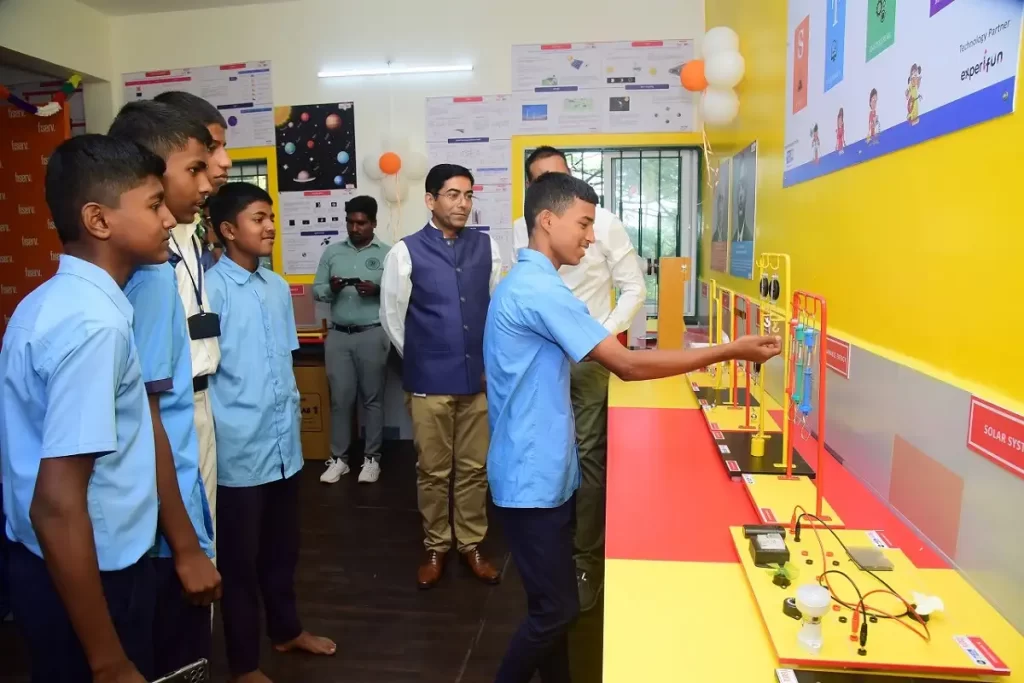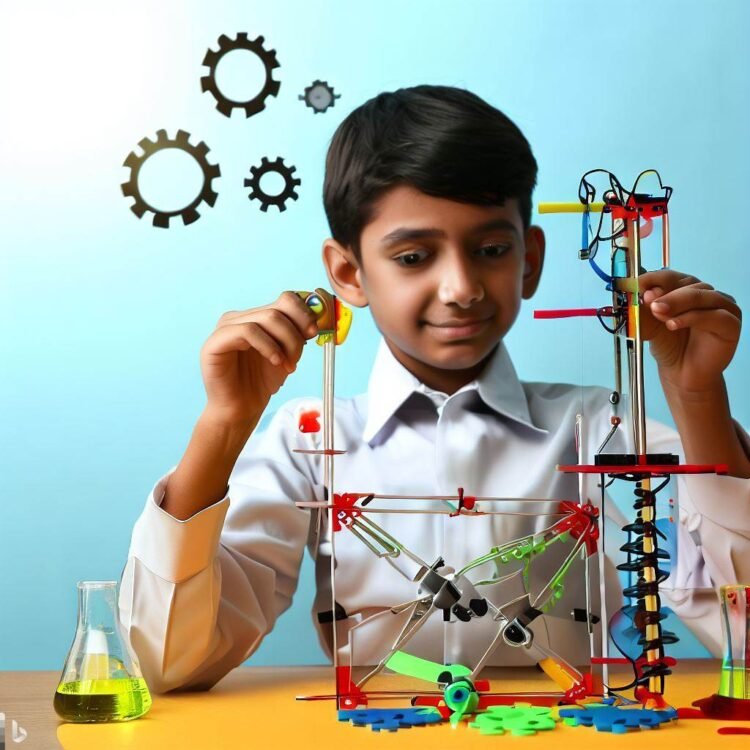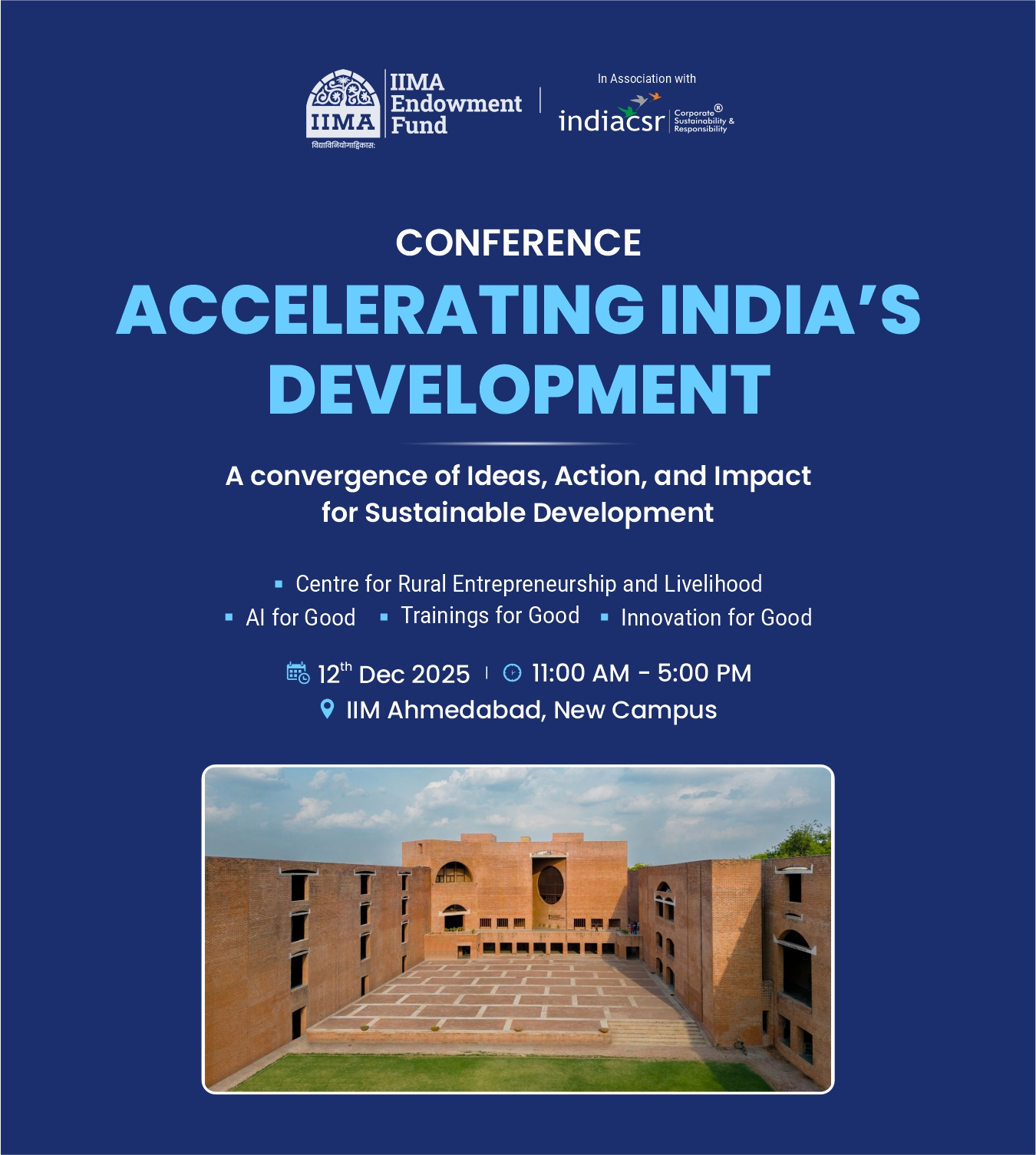The future of Indian education is bright, thanks to STEM and tinkering.
These approaches can help to create a generation of students who are equipped to solve the challenges of the 21st century and build a better future for all.

The Indian education system is at a crossroads. On the one hand, there is a growing demand for STEM education, as the world becomes increasingly reliant on technology. On the other hand, traditional Indian education methods are often seen as being too theoretical and lacking in practical application. This is where tinkering comes in. Tinkering is a hands-on, experiential learning approach that allows students to explore STEM concepts in a fun and engaging way.
It is a powerful tool for transforming Indian education, as it can help to:
Inculcate a love of learning.
Tinkering is all about curiosity and discovery. When students are allowed to tinker, they are more likely to develop a love of learning and a passion for STEM.
Develop problem-solving skills.
Tinkering requires students to solve problems and think creatively. This is a valuable skill in today’s world, where problems are increasingly complex and require innovative solutions.
Build 21st-century skills.
Tinkering can help students develop 21st-century skills such as collaboration, communication, and critical thinking. These skills are essential for success in the modern workforce.

Ways to incorporate tinkering into Education
There are several ways to incorporate tinkering into Indian education. One way is to create STEM tinkering labs in schools. These labs would provide students with access to tools and materials that they can use to explore STEM concepts. Another way to incorporate tinkering is to offer STEM tinkering workshops for teachers. These workshops would teach teachers how to use tinkering in their classrooms.
The potential of STEM and tinkering to transform Indian education is enormous. By incorporating these approaches into the classroom, we can help to create a generation of students who are equipped to solve the challenges of the 21st century.
Understanding the Challenges of the Education System
India, one of the world’s fastest-growing economies, faces a multitude of challenges within its education system. This scenario, if unaddressed, may impede its progress towards achieving robust socio-economic development. The problems at hand range from a dire shortage of quality teachers, especially in rural regions, to the overwhelming classroom sizes that reach over 40 students in many instances.

Additionally, schools grapple with a substantial lack of resources, including basic necessities like textbooks, computers, and essential lab equipment. Moreover, the Indian education system largely emphasizes rote learning, a teaching methodology that focuses on memorizing facts and procedures instead of nurturing critical thinking and problem-solving abilities. This lack of creativity and innovation in pedagogical practices further exacerbates the issues already present in the education system.
The Promise of STEM and Tinkering in Education
A viable solution to these challenges could lie in integrating STEM (Science, Technology, Engineering, and Mathematics) education and tinkering into the curriculum. By introducing these elements, Indian education could become more interactive and practical, thereby enhancing the learning experience for students.
STEM and tinkering provide students with hands-on learning experiences, enabling them to understand concepts better and apply their knowledge to real-world problems. This practical approach to learning fundamentally changes the way students absorb and retain information. It encourages creativity, problem-solving skills, and independent thinking, traits highly sought after in today’s workforce.

Furthermore, these practices make learning more engaging, thus stimulating students’ interest and motivation to learn. Additionally, with the 21st-century workforce increasingly relying on STEM skills, such an educational approach equips students with the skills needed for future success.
Transformative Benefits
In addition to the benefits mentioned above, tinkering can also help to:
Increase gender equality in STEM.
Tinkering is a gender-neutral activity, which means that it can help to increase girls’ participation in STEM.
Promote social inclusion.
Tinkering can be used to teach STEM concepts to students from all backgrounds. This can help to promote social inclusion and create a more equitable society.
Real-world Applications of STEM and Tinkering in India
Several initiatives across India demonstrate the transformative potential of STEM and tinkering in education. One notable example is the Atal Tinkering Labs (ATLs) program, which provides funding to schools for setting up maker spaces where students can engage in STEM and tinkering activities.
Furthermore, the National Council of Educational Research and Training (NCERT) has created numerous STEM-based curriculum resources for schools. On the entrepreneurship front, the Society for Innovation and Entrepreneurship (SINE) has introduced a range of STEM-based programs for students, thus fostering a culture of innovation and enterprise.
Solution
The Role of Corporate, CSR, and Philanthropy in STEM and Tinkering in India
A lack of access to quality STEM education is a challenge that is particularly acute for students from marginalized communities. Corporate, CSR, and philanthropy can play a vital role in addressing this challenge. By investing in STEM and tinkering education, these organizations can help to ensure that all students have the opportunity to develop the skills they need to succeed in the 21st-century economy.
The role of corporate, CSR, and philanthropy in STEM and tinkering education is essential. There are a number of ways that corporate, CSR, and philanthropy can support STEM and tinkering education in India. One way is to provide funding for STEM and tinkering programs. This funding can be used to create STEM labs in schools, provide teachers with training, and support STEM competitions.
Another way that corporate, CSR, and philanthropy can support STEM and tinkering education is to volunteer their employees. Employees can volunteer their time to mentor students, tutor them in STEM subjects, or help to organize STEM events.
Corporate, CSR, and philanthropy can also play a role in raising awareness of the importance of STEM education. They can do this by sponsoring STEM events, publishing articles about STEM education, and working with policymakers to advocate for STEM education reform. By investing in these areas, these organizations can help to ensure that all students have the opportunity to develop the skills they need to succeed in the globalized economy.
In addition to the benefits mentioned above, corporate, CSR, and philanthropy can also help to:
- Increase access to STEM education. By funding STEM and tinkering programs, these organizations can help to make STEM education more accessible to students from all backgrounds.
- Improve the quality of STEM education. By providing teachers with training and support, these organizations can help to improve the quality of STEM education in India.
- Promote STEM literacy. By raising awareness of the importance of STEM education, these organizations can help to promote STEM literacy among the general public.
Conclusion
The Role of STEM and Tinkering in Shaping India’s Educational Future
By facilitating hands-on learning experiences, nurturing creativity and problem-solving skills, making learning more engaging and relevant, and preparing students for the 21st-century workforce, STEM and tinkering hold the promise to revitalize India’s education system.
Incorporating these methodologies can help ensure that all students, regardless of their socio-economic background or location, have access to quality education that equips them with the knowledge and skills necessary for success in the modern world. Consequently, STEM and tinkering can play a pivotal role in resolving India’s educational challenges and building a brighter, more inclusive future.

About the Author
Ashutosh Pandit is the CEO of STEM Learning, a social enterprise that has empowered hundreds of schools with STEM education by establishing mini-science centers with the support of over 150 corporate partners under Corporate Social Responsibility (CSR) in 23 states in India. Write: info@stemlearning.in and Visit to see his work: stemlearning.in
Also Read: How STEM And AI Are Transforming Education And Career Paths For The 21st Century In India – By Ashutosh Pandit
Copyright @ India CSR






